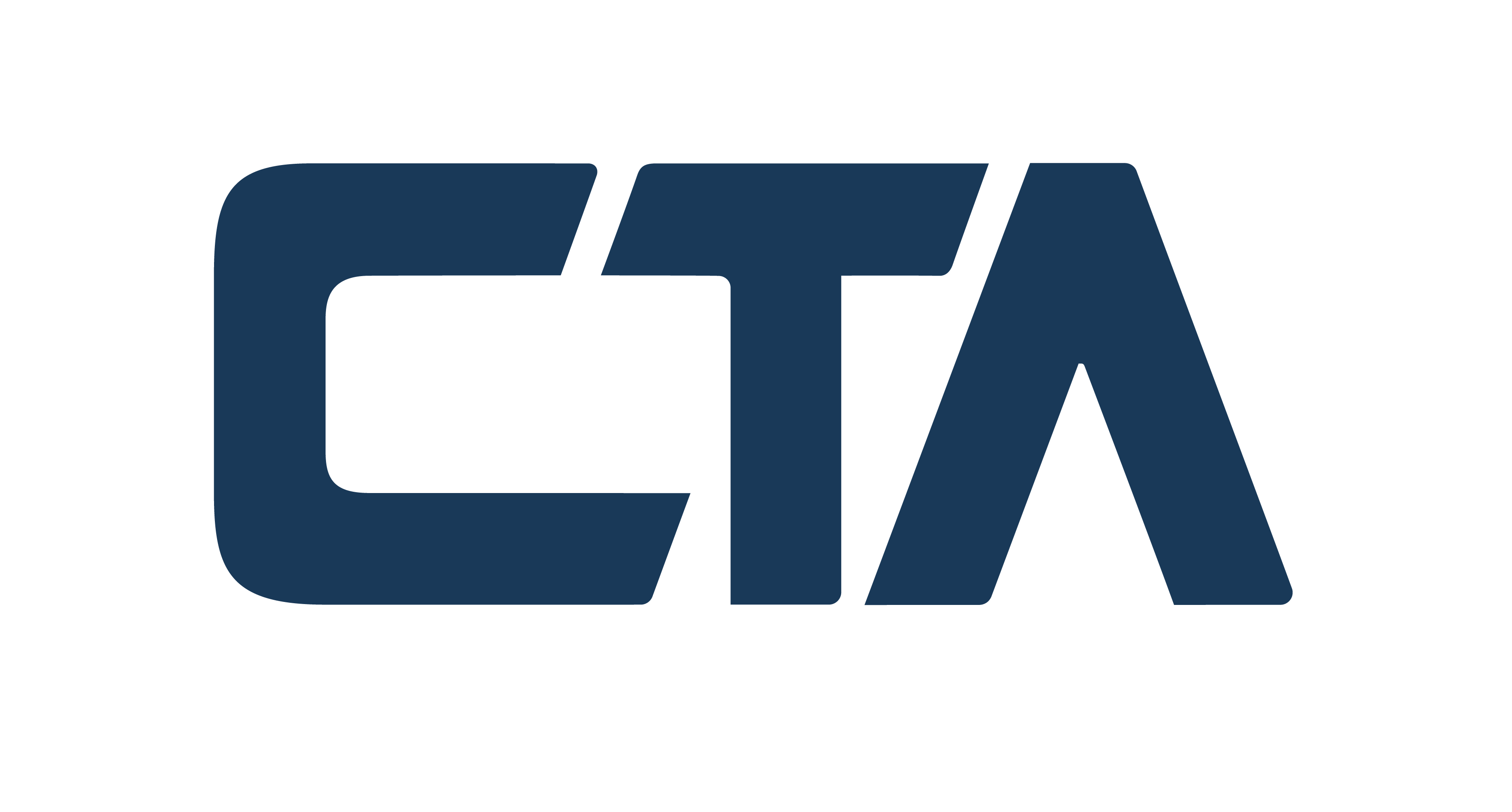There are many investment strategies for both the novice and sophisticated investor. The CTA managed fund has been overlooked until recently. Now the top performing investments are managed by CTA’s and you should consider including these in your portfolio.
You might be wondering what a CTA is. A CTA is a Portfolio Manager for derivative products such as foreign exchange, commodities or futures. If you’re familiar with traditional mutual funds or hedge funds, you’ll know the investment decisions are made by a specialist in stocks or bonds. These are also called equity and fixed income products.
An equity fund is managed by an equity Portfolio Manager known as a CFA and a bond fund is managed by a fixed income Portfolio Manager also a CFA. There exists a third type of Portfolio Manager and that is one responsible for managing a fund which is invested in products like currency, carbon emissions, precious metals, agriculture products and others. These Portfolio Managers are known as CTAs and they manage CTA funds sometimes known as a Managed Futures Fund.
Despite the obvious, each investment style has its own unique characteristics. For example, a traditional equity investor only makes money when the stock market is rising. They lose money during a falling or bear market.
Wouldn’t it be fantastic to win no matter which direction the market went. Well that is exactly what happens in a CTA fund. The CTA can buy or sell at random. We call this being “long” or “short”. When long, you’re betting the market is going up and when short, you’re betting the market is falling. A CTA makes money no matter which direction prices are headed.
Now that you know the basics, let’s look at why CTA funds have out performed equity and bond funds. Since September 2008 the wall street induced sub-prime mortgage fiasco has caused stock prices to plummet.
If you held an equity mutual fund or a stock portfolio of your own, you will have lost money. In fact since Sept 1, 2008 the Dow Jones Industrial Average has lost 20.36 percent.
According to the Managed Futures CTA database, the average CTA Fund YTD ROR (Rate of Return) to June 2009 is +2.14 percent. That’s a whopping difference of 22.50 percent. These funds are definitely worth looking at.
A major advantage is the ability to trade the underlying commodity product. Why buy a company that’s involved in oil extraction when you can buy the oil itself. The reason why stock market investing becomes difficult, is the many different factors that come into play.
There is the ability of management, economic pressure, competitive pressure, union demands, changing consumer habits and a host of other factors that determine the profitability of a company
A CTA fund has none of these issues to contend with. Investors who purchase Aluminum or High Grade Copper on the New York Mercantile Exchange are affected only by issues of Supply And Demand.
During economic periods of growth, prices rise and during periods of recession, prices fall. So while your equity fund is sitting on the sidelines waiting for a market re-bound, the CTA fund is profitably trading a falling market.
I would be remiss if I did not discuss the use of leverage. Unlike an equity fund, A CTA fund uses leverage. For example, to purchase $100,000 Canadian Dollars cost only $350 to the CTA. So when the dollar rises from 91 cents to 92 cents, the fund makes a profit of US$1,000.
That equates to a 186 percent profit. If we look at this from another angle it might become clear. To purchase 1,000 barrels of crude oil at US$60 per barrel would cost US$60,000 to the cash consumer. The NYMEX charges a deposit, we call this margin, of US$6,000. Should Crude Oil rise to $65 dollars, the profit is $5,000 or 83 percent profit.
Of course, the use of leverage can be dangerous as losses can quickly escalate. Should Crude Oil have fallen to $55 instead of rising, a loss of $5,000 would have resulted. Of course, CTA funds are not the only funds to utilize leverage. Many equity hedge funds use leverage routinely and depending on your overall investment objective a balanced asset mix will dictate the percentage of your portfolio allocated to such a fund.
There are many types of CTA funds to select from. Agriculture funds, energy funds, foreign exchange funds, index funds, fixed income funds and greenhouse gas or global warming funds. Choose the one that’s right for you, but when balancing your investment portfolio don’t over look this important sector for proper and complete asset allocation.
I am known as Fredrick Biggs I am a writer and an industrialist by profession. My age is 30 years. My aim is to gather the attention of the targeted audience without being boring and unexciting.
I like to utilize the free time in writing my views and thoughts for my book lovers or readers. My most preferred articles are usually about services sector and business; however, I have written various topics in my articles. I do not have a specific genre.

